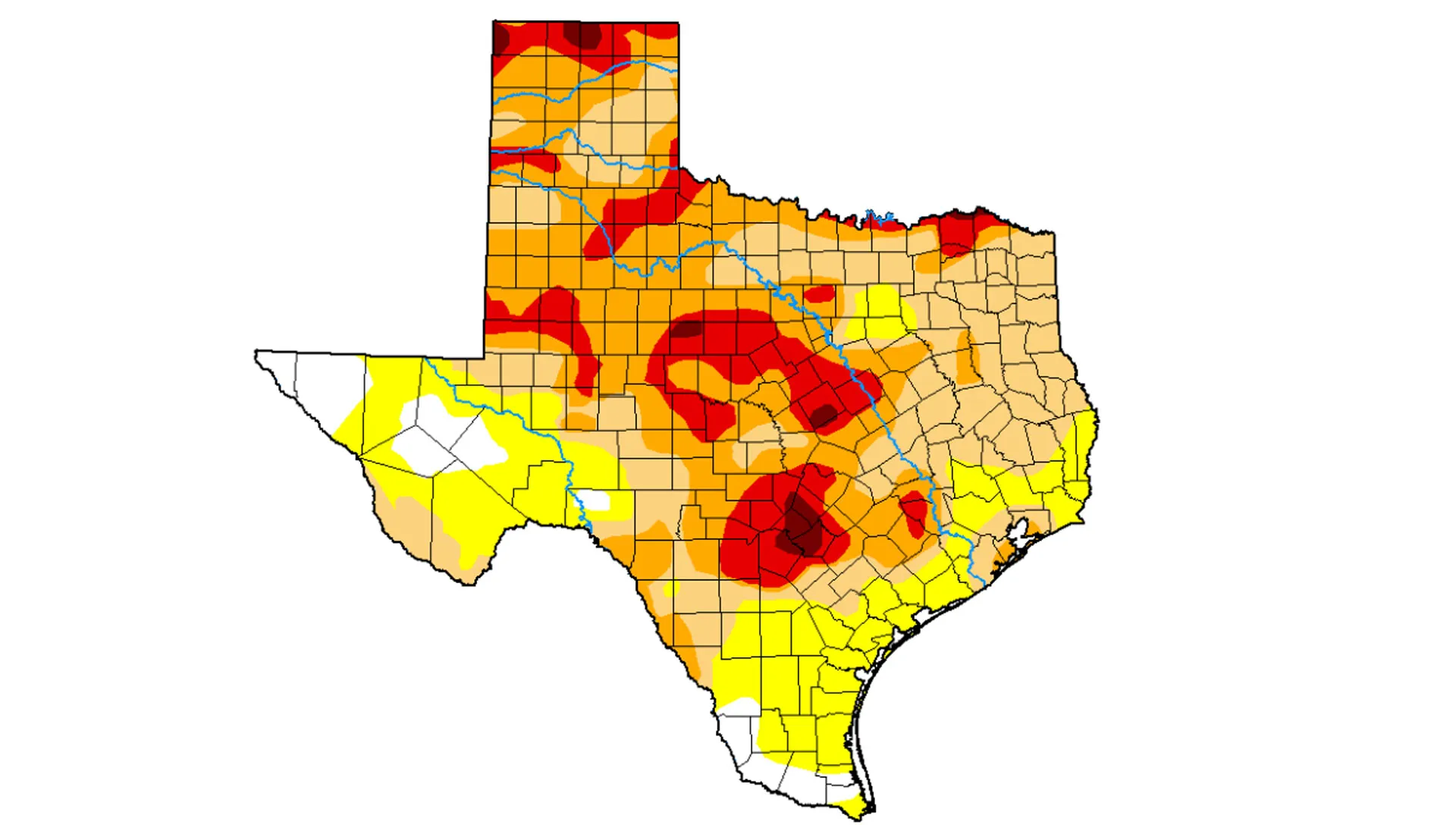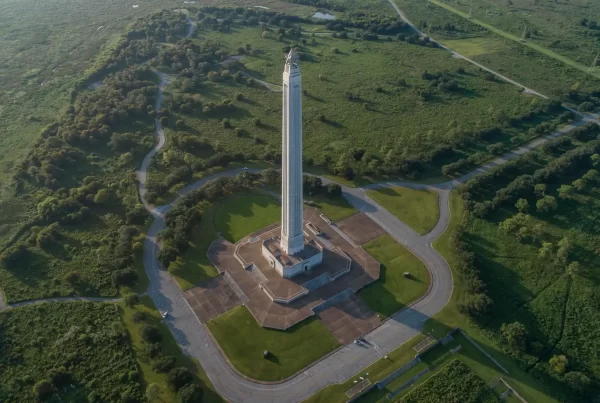The State Climatologist of Texas serves as the state’s official authority on long-term climate trends, drought monitoring, and historical weather analysis. Based at Texas A&M University, the office supports a wide range of state functions by compiling and interpreting climate data for public agencies, researchers, and policymakers. While the role does not carry regulatory authority, it provides critical guidance during natural disasters and long-term planning efforts.
Authority and Responsibilities
Although not created by statute, the office is recognized by national organizations such as the National Climatic Data Center (NCDC) and the American Association of State Climatologists. In Texas, the position is housed at Texas A&M’s Department of Atmospheric Sciences.
Key responsibilities include:
- Maintaining and distributing historical climate records.
- Contributing to drought assessment tools such as the U.S. Drought Monitor.
- Producing annual climate summaries and public briefings.
- Supporting emergency response efforts during extreme weather events.
- Providing climate projections used in infrastructure planning, agriculture, and water resource management.
The State Climatologist is a technical expert rather than a policymaker, but their work influences decisions across state government.
Appointment Process
The climatologist is appointed by the President of Texas A&M University, typically from among qualified faculty in climatology or related fields. There is no formal confirmation process or defined term. The officeholder serves at the university’s discretion and often balances academic responsibilities with public service.
This structure provides scientific independence while enabling coordination with state agencies and decision-makers.
Institutional Role
The State Climatologist works closely with:
- The Texas Water Development Board on drought projections.
- The Texas Division of Emergency Management during natural disasters.
- Legislative and budget offices that use climate data for long-term planning.
- Federal partners such as NOAA, NIDIS, and the National Weather Service.
The office acts as a neutral source of scientific information, supporting data-driven policy without advocating specific legislation or regulatory actions.
Public Impact and Relevance
Texas faces frequent and extreme climate events—droughts, heat waves, hurricanes, and wildfires. The State Climatologist plays a critical role in making sense of these patterns and preparing the public and state agencies for what lies ahead.
Climate reports from the office help guide:
- Regional water planning
- Agricultural advisories
- Infrastructure resilience strategies
The office also provides timely commentary to the media, helping the public distinguish between short-term weather conditions and long-term climate trends.
Historical Notes
The role of State Climatologist in Texas dates back to the early 20th century, when the federal government supported state-level climatological recordkeeping through agricultural extension offices. For many years, the position was loosely defined and often affiliated with university faculty who maintained weather records for research purposes.
In 1973, the office was formally designated within the Texas A&M University System, giving it an institutional home and an expanded public service mission. Since then, the State Climatologist has taken on a more prominent role in synthesizing climate data, issuing public reports, and supporting state agencies during environmental emergencies.
The office gained statewide visibility during the 2011 drought, one of the most intense and costly droughts in Texas history, when the climatologist’s assessments helped shape water restrictions and emergency declarations. More recently, the office has been instrumental in tracking flash droughts, heat trends, and changes in seasonal rainfall patterns—key concerns for agriculture, wildfire risk, and water supply planning.
As climate variability continues to challenge state infrastructure and resource management, the State Climatologist has become an increasingly vital source of nonpartisan scientific information for both government officials and the public.



